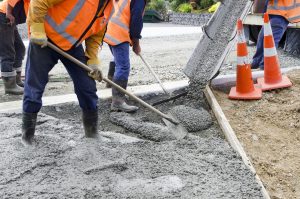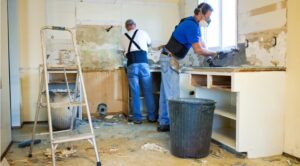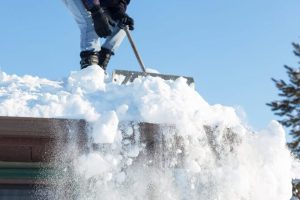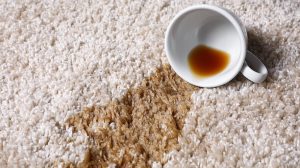Choosing the Best Material for Tennis Court Resurfacing

Tennis courts are exposed to a lot of wear and tear due to constant use, exposure to harsh weather conditions, and regular maintenance. Over time, the surface of a tennis court can start showing signs of fading, cracking, or peeling. This is when it becomes necessary to resurface the tennis court in order to restore its playing quality and prolong its lifespan. However, choosing the right material for tennis court resurfacing is crucial in order to achieve the desired results. So, without further ado, let’s see why it is important to choose the best material for tennis court resurfacing, what factors should be considered, and the different options available.
Importance of Choosing the Best Material for Tennis Court Resurfacing
Tennis court resurfacing is a significant investment, and it should be done with careful consideration. The material used for resurfacing plays a crucial role in determining the overall quality, durability, and performance of the tennis court. Choosing a low-quality or unsuitable material can result in a poor playing experience, frequent repairs, and, ultimately, higher costs in the long run. Therefore, it is important to select the best material for tennis court resurfacing in Georgia to ensure that the court can withstand heavy usage and harsh weather conditions while maintaining its appearance and performance.
Factors to Consider when Choosing Material for Tennis Court Resurfacing
When deciding on the best material for tennis court resurfacing, there are a few key factors that should be taken into consideration. This includes learning about resurface vs. repair your tennis court so that the right option can be chosen depending on the condition of the court. Also, the climate and weather conditions of the area where the court is located should be considered. For example, if the court is in an area with extreme heat and humidity, a material that can withstand these conditions would be ideal. Additionally, budget, maintenance requirements, and expected lifespan of the material should also be taken into account.
Options for Tennis Court Resurfacing Materials
There are several options available for tennis court resurfacing materials, each with its own unique characteristics and benefits. Some of the most commonly used materials include:
- Acrylic Resurfacer: This is a popular choice for tennis court resurfacing due to its durability, low maintenance requirements, and ability to provide a consistent playing surface.
- Cushioned Acrylic: This material offers added cushioning and shock absorption, making it ideal for players with joint problems or those looking for a more forgiving playing surface.
- Polyurethane Coating: This is a highly durable and long-lasting material that can withstand heavy usage and extreme weather conditions. It also offers a consistent playing surface.
- Synthetic Turf: This option provides a low-maintenance and cost-effective alternative to natural grass courts while still offering a similar playing experience.
- Rubber Surfacing: Primarily used for multi-purpose tennis/basketball courts, this material offers good traction, shock absorption, and durability.
Conclusion
We hope that this guide has helped you understand the importance of choosing the best material for tennis court resurfacing and provided valuable insights into the factors to consider and the options available. Remember to do thorough research as well as know what professional tennis court resurfacing companies do so that you can make an informed decision and ensure the longevity and quality of your tennis court. With the right material, you can enjoy many more years of playing your favorite sport on a well-maintained and high-performing tennis court. Keep swinging!







